Niemann-Pick disease type C, Orphanet Journal of Rare Diseases
Por um escritor misterioso
Last updated 05 novembro 2024
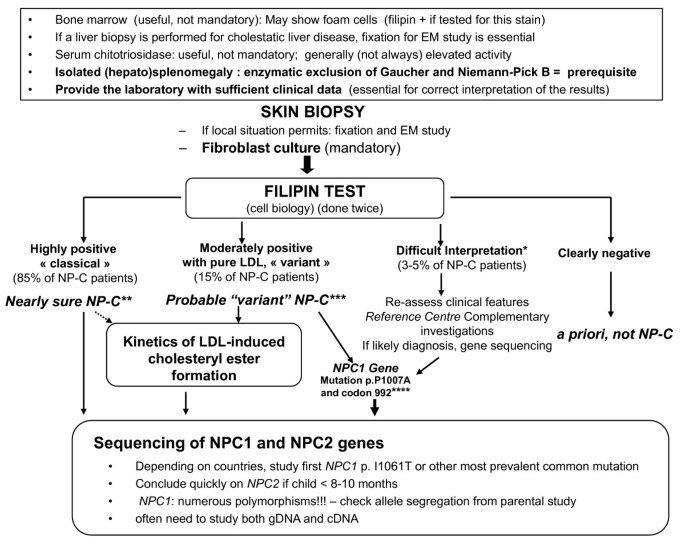
Niemann-Pick C disease (NP-C) is a neurovisceral atypical lysosomal lipid storage disorder with an estimated minimal incidence of 1/120 000 live births. The broad clinical spectrum ranges from a neonatal rapidly fatal disorder to an adult-onset chronic neurodegenerative disease. The neurological involvement defines the disease severity in most patients but is typically preceded by systemic signs (cholestatic jaundice in the neonatal period or isolated spleno- or hepatosplenomegaly in infancy or childhood). The first neurological symptoms vary with age of onset: delay in developmental motor milestones (early infantile period), gait problems, falls, clumsiness, cataplexy, school problems (late infantile and juvenile period), and ataxia not unfrequently following initial psychiatric disturbances (adult form). The most characteristic sign is vertical supranuclear gaze palsy. The neurological disorder consists mainly of cerebellar ataxia, dysarthria, dysphagia, and progressive dementia. Cataplexy, seizures and dystonia are other common features. NP-C is transmitted in an autosomal recessive manner and is caused by mutations of either the NPC1 (95% of families) or the NPC2 genes. The exact functions of the NPC1 and NPC2 proteins are still unclear. NP-C is currently described as a cellular cholesterol trafficking defect but in the brain, the prominently stored lipids are gangliosides. Clinical examination should include comprehensive neurological and ophthalmological evaluations. The primary laboratory diagnosis requires living skin fibroblasts to demonstrate accumulation of unesterified cholesterol in perinuclear vesicles (lysosomes) after staining with filipin. Pronounced abnormalities are observed in about 80% of the cases, mild to moderate alterations in the remainder ("variant" biochemical phenotype). Genotyping of patients is useful to confirm the diagnosis in the latter patients and essential for future prenatal diagnosis. The differential diagnosis may include other lipidoses; idiopathic neonatal hepatitis and other causes of cholestatic icterus should be considered in neonates, and conditions with cerebellar ataxia, dystonia, cataplexy and supranuclear gaze palsy in older children and adults. Symptomatic management of patients is crucial. A first product, miglustat, has been granted marketing authorization in Europe and several other countries for specific treatment of the neurological manifestations. The prognosis largely correlates with the age at onset of the neurological manifestations.

PDF) Niemann-Pick disease type C symptomatology: An expert-based clinical description

PDF] Niemann-Pick Disease Type C, A Rare Cause of Pancytopenia: A Case Report
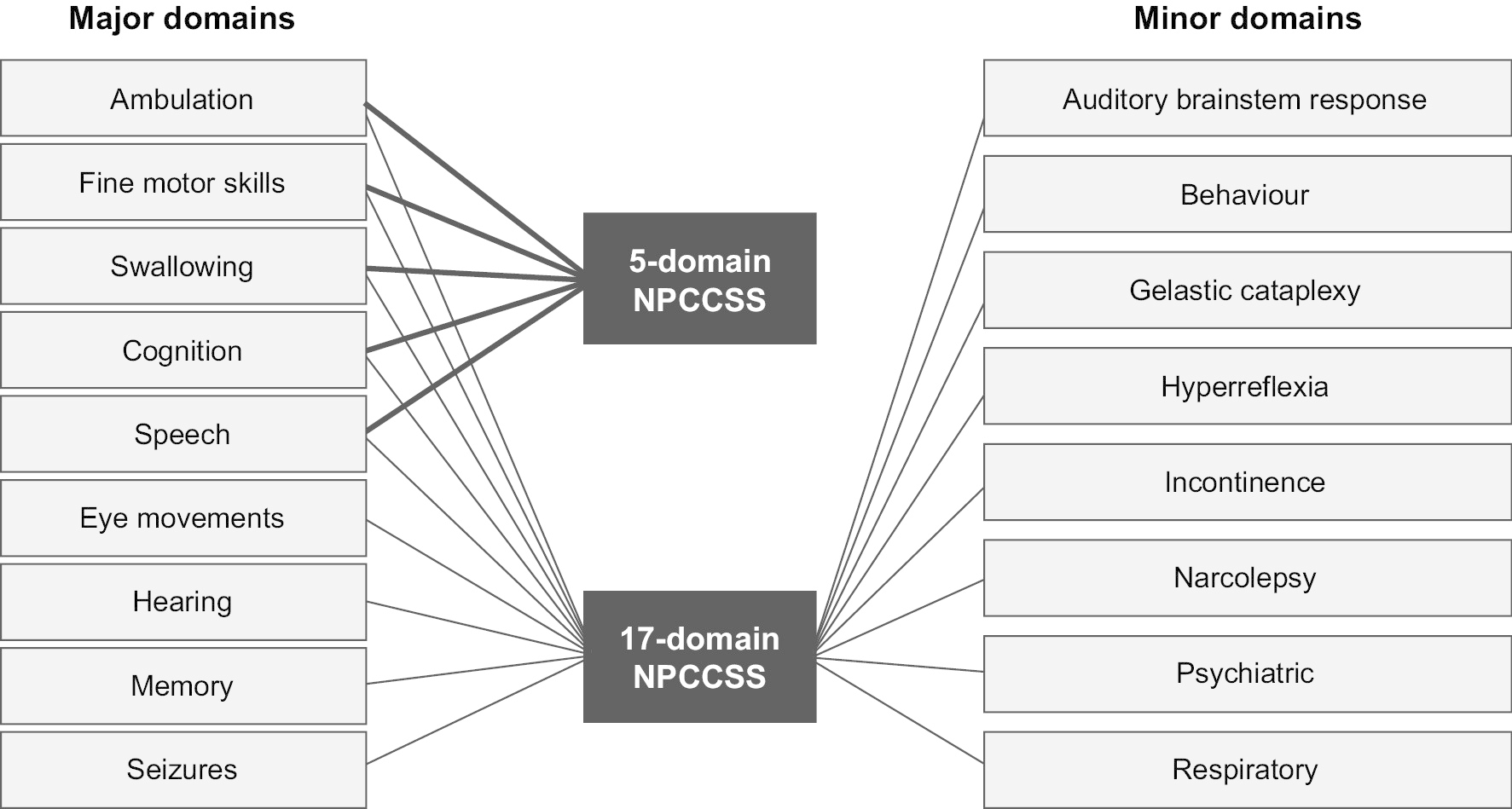
Clinical disease progression and biomarkers in Niemann–Pick disease type C: a prospective cohort study, Orphanet Journal of Rare Diseases

Niemann-Pick disease type C
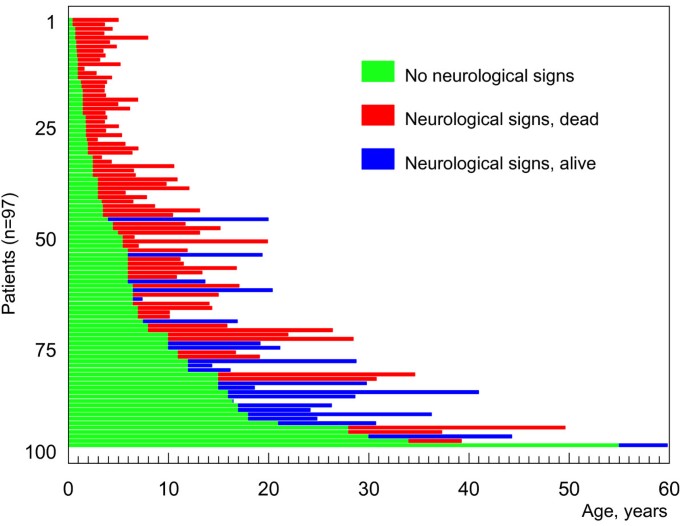
Niemann-Pick disease type C, Orphanet Journal of Rare Diseases
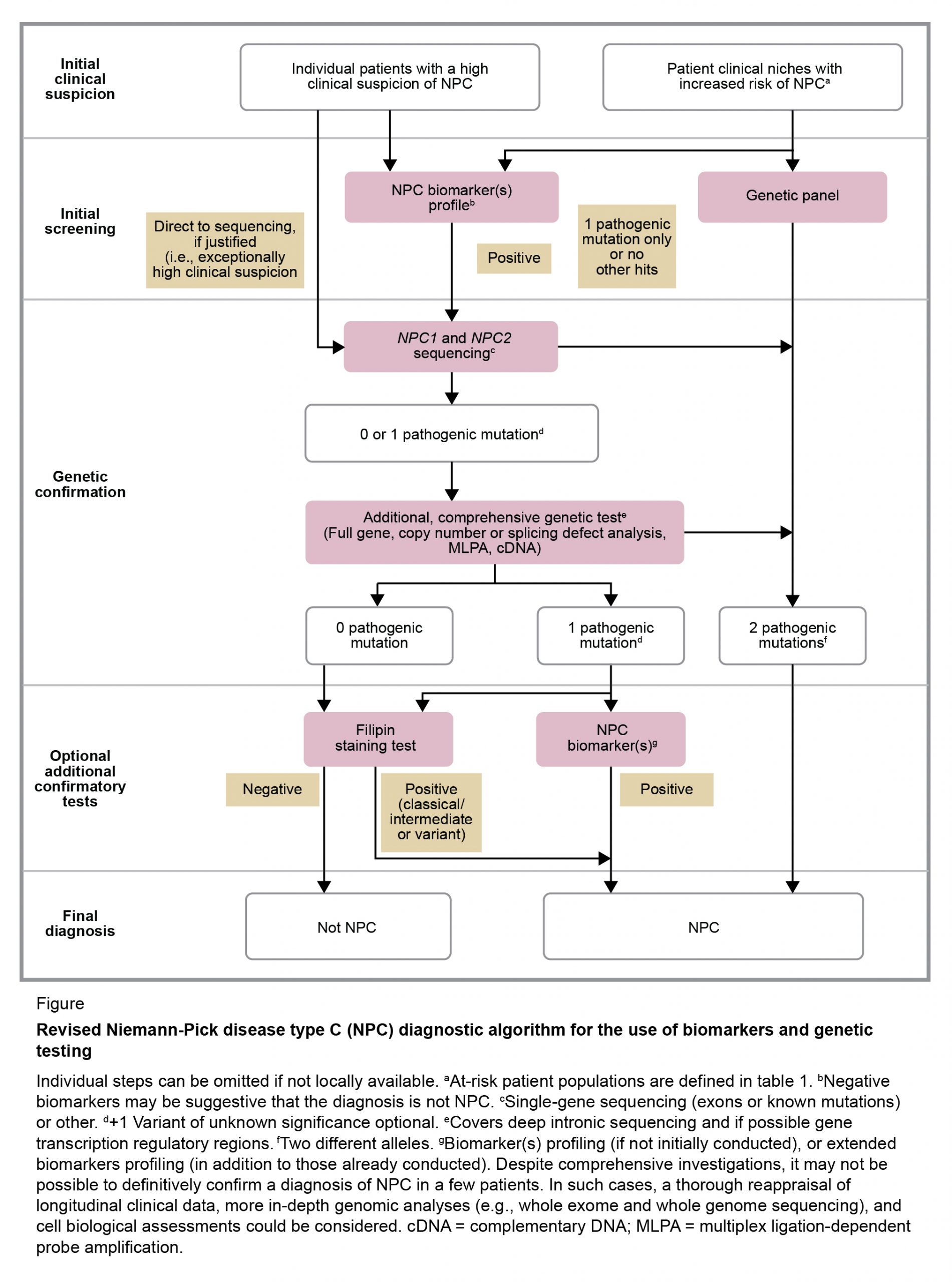
Niemann–Pick Disease Type C

PDF] Niemann-Pick Disease Type C in Adulthood - A Psychiatric and Neurological Disorder
Consensus clinical management guidelines for Niemann-Pick disease type C - UCL Discovery
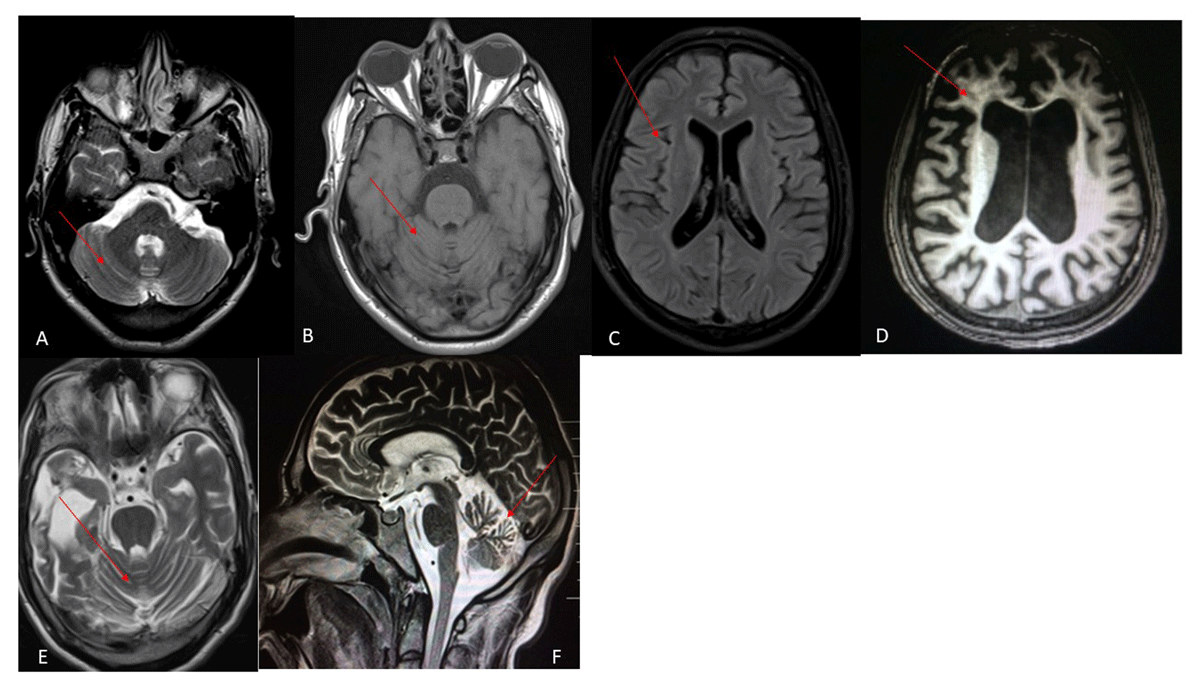
Spectrum of Movement Disorders in Niemann-Pick Disease Type C - Tremor and Other Hyperkinetic Movements
Recomendado para você
-
National Niemann-Pick Disease Foundation, Inc. - October is Global Niemann- Pick Disease Awareness Month! For more information on Niemann-Pick Disease or to make a donation to NNPDF go to www.nnpdf.org05 novembro 2024
-
 Niemann-Pick disease type C as a neurovisceral disease. Schematic05 novembro 2024
Niemann-Pick disease type C as a neurovisceral disease. Schematic05 novembro 2024 -
 Therapeutic intervention for Niemann–Pick type C disease must target05 novembro 2024
Therapeutic intervention for Niemann–Pick type C disease must target05 novembro 2024 -
 Diagnostic workup and management of patients with suspected Niemann-Pick type C disease - Apostolos Papandreou, Paul Gissen, 201605 novembro 2024
Diagnostic workup and management of patients with suspected Niemann-Pick type C disease - Apostolos Papandreou, Paul Gissen, 201605 novembro 2024 -
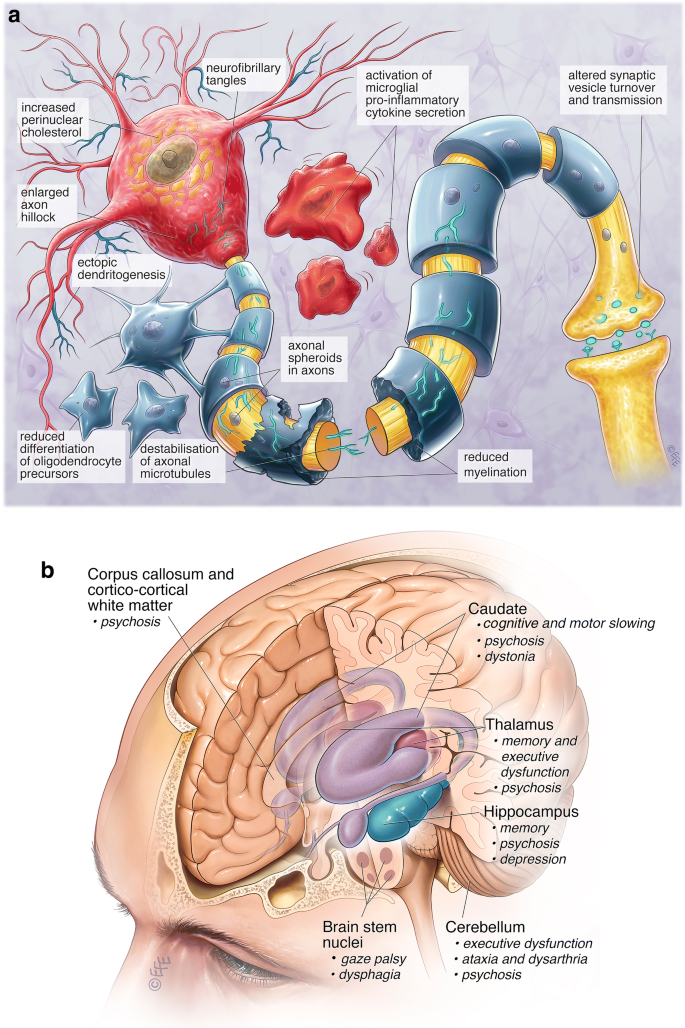 Psychiatric and Cognitive Symptoms Associated with Niemann-Pick Type C Disease: Neurobiology and Management05 novembro 2024
Psychiatric and Cognitive Symptoms Associated with Niemann-Pick Type C Disease: Neurobiology and Management05 novembro 2024 -
 mvnpc3 MedLink Neurology05 novembro 2024
mvnpc3 MedLink Neurology05 novembro 2024 -
 Adult onset Niemann-Pick disease type C presenting with psychosis05 novembro 2024
Adult onset Niemann-Pick disease type C presenting with psychosis05 novembro 2024 -
 Demência na infância: 'Meus três filhos receberam diagnóstico terminal' - BBC News Brasil05 novembro 2024
Demência na infância: 'Meus três filhos receberam diagnóstico terminal' - BBC News Brasil05 novembro 2024 -
 Niemann-Pick disease type C-presenting as persistent neonatal jaundice: a rare case report05 novembro 2024
Niemann-Pick disease type C-presenting as persistent neonatal jaundice: a rare case report05 novembro 2024 -
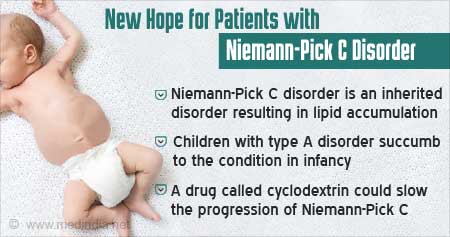 Health Tip on New Treatment that Shows Promise in Niemann-Pick Type C Disorder - Health Tips05 novembro 2024
Health Tip on New Treatment that Shows Promise in Niemann-Pick Type C Disorder - Health Tips05 novembro 2024
você pode gostar
-
 VAZOU O VISUAL DE TODOS OS PERSONAGENS DE MIRACULOUS WORLD: PARIS!!05 novembro 2024
VAZOU O VISUAL DE TODOS OS PERSONAGENS DE MIRACULOUS WORLD: PARIS!!05 novembro 2024 -
 Game Boy Advance - Sonic Battle - Tails Sonic, Frame by frame animation, Sonic and shadow05 novembro 2024
Game Boy Advance - Sonic Battle - Tails Sonic, Frame by frame animation, Sonic and shadow05 novembro 2024 -
 Fre D. Animes on X: SIM NAÇÃO! TEVE SANGUE BRANCO, na Temporada 3 de Nanatsu no Taizai! / X05 novembro 2024
Fre D. Animes on X: SIM NAÇÃO! TEVE SANGUE BRANCO, na Temporada 3 de Nanatsu no Taizai! / X05 novembro 2024 -
 👊 Mashle Episode 10 Reaction, Sai Roose Reactions in 202305 novembro 2024
👊 Mashle Episode 10 Reaction, Sai Roose Reactions in 202305 novembro 2024 -
 The Untold Truth Of Jack Black05 novembro 2024
The Untold Truth Of Jack Black05 novembro 2024 -
 CYC Fun Games $25 eGift Card05 novembro 2024
CYC Fun Games $25 eGift Card05 novembro 2024 -
 I tried to make a roblox meme : r/GoCommitDie05 novembro 2024
I tried to make a roblox meme : r/GoCommitDie05 novembro 2024 -
 Eye of the Tiger - 2006 Master — Survivor05 novembro 2024
Eye of the Tiger - 2006 Master — Survivor05 novembro 2024 -
How to find a shirt template on Roblox - Quora05 novembro 2024
-
 You Must Be An Idiot - Shuffle and Cut Games05 novembro 2024
You Must Be An Idiot - Shuffle and Cut Games05 novembro 2024
